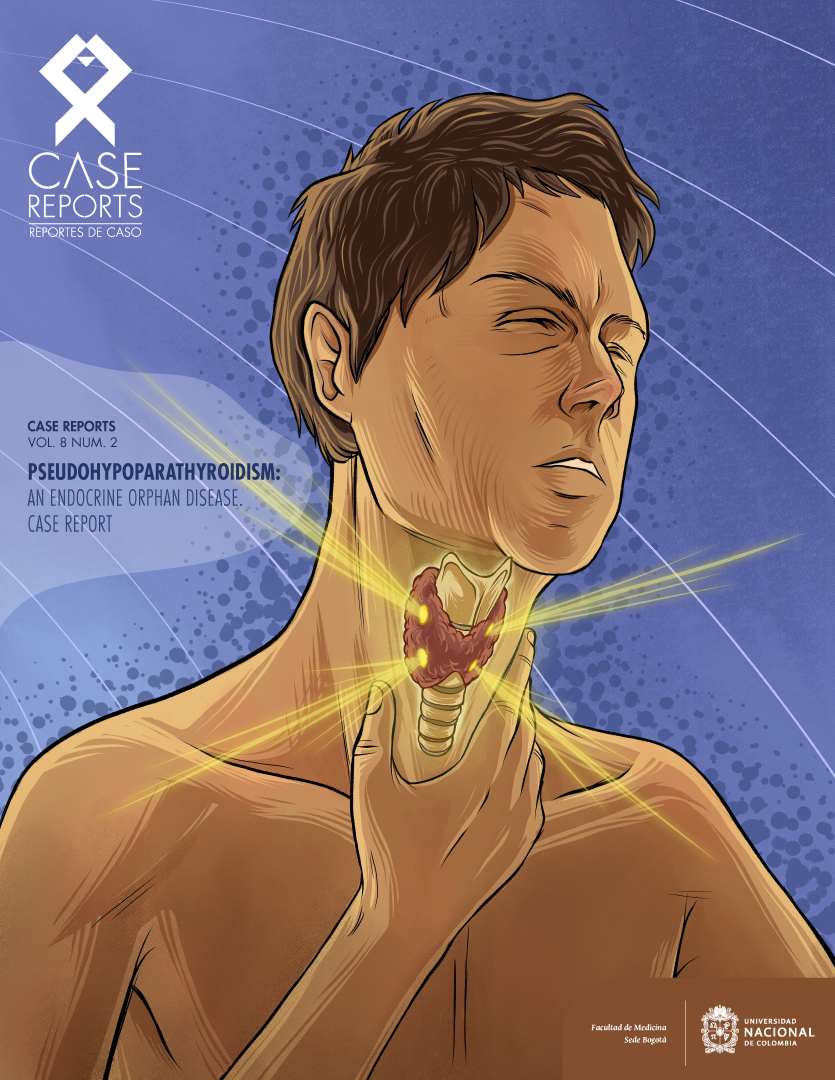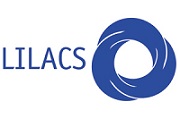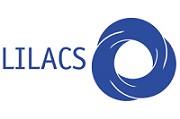Hyperparathyroidism, Hypoparathyroidism and Pseudohypoparathyroidism
Hiperparatiroidismo, Hipoparatiroidismo y Seudohipoparatiroidismo
DOI:
https://doi.org/10.15446/cr.v8n2.105381Palabras clave:
Hyperparathyroidism, Hypoparathyroidism, Pseudohypoparathyroidism (en)Hiperparatiroidismo, Hipoparatiroidismo, Seudohipoparatiroidismo (es)
Descargas
https://doi.org/10.15446/cr.v8n2.105381
Hyperparathyroidism, hypoparathyroidism, and pseudohypoparathyroidism
José Antonio López-Medina
Hospital Universitario Virgen de la Victoria
- Clinical Endocrinology and Nutrition Service - Málaga - Spain.
Corresponding author
José Antonio López-Medina.
Servicio de Endocrinología y Nutrición Clínica,
Hospital Universitario Virgen de la Victoria. Málaga. España. Email: jalmedi@hotmail.com
Received: 09/04/2022 Accepted: 29/06/2022
Editorial
Calcium and phosphorus metabolism disorders are very frequent, and their identification may appear simple since measuring calcium (Ca), phosphorus (P), and parathormone (PTH) levels allows determining, in general, the underlying disease (1). Table 1 summarizes the most common findings concerning Ca, P, and PTH levels in relation to the main parathyroid diseases.
Table 1 Basic biochemical tests done to detect parathyroid hormone disorders.
|
Parathormone and calcium and |
Calcium |
Phosphorus |
Parathormone |
|
Primary hyperparathyroidism |
Elevated |
Decreased |
Elevated |
|
Secondary hyperparathyroidism |
Normal-Low |
Variable |
Elevated |
|
Hypoparathyroidism |
Low |
Elevated |
Decreased |
|
Pseudohypoparathyroidism |
Low |
Elevated |
Elevated |
Source: Own elaboration.
However, calcium and phosphorus metabolism is complex, and diagnosing a parathyroid disease always requires a systematic approach (2). This complexity stems from the fact that this metabolism involves various organs and hormones. Consequently, any change in Ca, P, or PTH levels should be thoroughly evaluated in order to analyze multiple serum and urinary parameters and thus arrive at a correct diagnosis (3-6).
The finding of elevated PTH levels in the presence of normal serum calcium levels (normocalcemic hyperparathyroidism) is frequent and a diagnostic challenge, as the differential diagnoses of normocalcemic hyperparathyroidism include common causes of secondary hyperparathyroidism such as renal disorders, low calcium or vitamin D intake, digestive disorders, and reactions to drug therapy, among others.
Pseudohypoparathyroidism (PHP) is a rare metabolic disease usually accompanied by hypocalcemia and hyperphosphatemia, that is often diagnosed in childhood or youth (7) and encompasses a group of diseases characterized by hypocalcemia, hyperphosphatemia, and target organ resistance to PTH, resulting in elevated PTH levels. This group of diseases has a common denominator: genetic and/or epigenetic alterations in the GNAS gene, which encodes the alpha subunit of the heterotrimeric stimulating protein G (Gsα) (8,9).
PHP has been classified into five different types: 1a, 1b, 1c, 2, and pseudo-pseudohypoparathyroidism (PPHP). However, diagnosing this condition is challenging and many cases are difficult to categorize due to clinical variability and the lack of in vitro complementation assays; furthermore, entities that may clinically overlap, such as acrodysostosis and progressive osseous heteroplasia, are not included in this classification (9).
Patients with PHP1a have phenotypic features of Albright hereditary osteodystrophy (AHO), including round face, short stature, brachydactyly, and subcutaneous ossifications, as well as resistance to PTH and other hormones with reduced Gsα activity (9). AHO is uncommon in PHP1b patients, and PTH resistance occurs only in the kidneys. Cases of AHO and PTH resistance with epigenetic defects, rather than Gs mutations, have been identified, with clinical and molecular overlap between PHP1a and PHP1b. Patients with PHP1c have multiple hormone resistances, but Gs activity is normal, and this type of PHP is defined as a variant of PHP1a in most classifications.
On the other hand, patients with PHP2 have a normal urinary cyclic adenosine monophosphate response to PTH; in addition, this variant also involves low Ca and high P levels in blood, and the genetic abnormality that causes it is unknown (9). Finally, PPHP is defined as the presence of phenotypic characteristics of AHO, decreased Gsα activity, and absence of PTH resistance. Subcutaneous ossifications (in the form of osteoma cutis or bone plaques) are also frequent in this type of PHP, and mild resistance to thyroid-stimulating hormone may occur in some cases (9).
The current issue of Case Reports presents the case of a 20-year-old diagnosed with PHP1a (10). This case report discusses factors that could have raised the suspicion of PHP, such as early-onset hypothyroidism, dysmorphic features of the patient, and the appearance of hypocalcemia with elevated PTH at puberty.
In this patient, medical history, physical examination, and laboratory and imaging test findings led the authors to request a DNA test for GNAS mutation due to the suspicion of PHP1a, confirming the diagnosis. This case also highlights the fact that no genetic alterations were observed among first-degree relatives and that, after starting treatment with calcium carbonate, calcitriol and aluminum hydroxide and adjusting the dose of levothyroxine, the patient had a favorable course (10).
PHP and its related diseases have a highly variable clinical expression and, therefore, their diagnosis may be delayed and not achieved until adulthood. PHP is a rare and probably underdiagnosed disease that should always be considered in the differential diagnosis of normo/hypocalcemia with elevated PTH levels.
References
1.Michels TC, Kelly KM. Parathyroid disorders. Am Fam Physician. 2013;88(4):249-57.
2.Cox J, Stearns M. Symptoms, differential diagnosis and management. In: Arora A, Tolley NS, Tuttle RM, editors. A Practical Manual of Thyroid and Parathyroid Disease. Chichester: Wiley-Blackwell; 2010. p. 145-163. https://doi.org/bs4gbh.
3.López-Medina JA, Simón-Frapolli VJ, Tinahones-Madueño FJ. Adefovir-induced osteomalacia and hypophosphatemia. Med Clin (Barc). 2022;158(5):245. https://doi.org/jd5p.
4.Goltzman D. Physiology of Parathyroid Hormone. Endocrinol Metab Clin North Am. 2018;47(4):743-58. https://doi.org/jg7j.
5.Matikainen N, Pekkarinen T, Ryhänen EM, Schalin-Jäntti C. Physiology of Calcium Homeostasis: An Overview. Endocrinol Metab Clin North Am. 2021;50(4):575-90. https://doi.org/jd5r.
6.Tinawi M. Disorders of Calcium Metabolism: Hypocalcemia and Hypercalcemia. Cureus. 2021;13(1):e12420. https://doi.org/jd5s.
7.Mantovani G, Bastepe M, Monk D, de Sanctis L, Thiele S, Usardi A, et al. Diagnosis and management of pseudohypoparathyroidism and related disorders: first international consensus statement. Nat Rev Endocrinol. 2018;14(8):476-500. https://doi.org/gdxbw6.
8.Thiele S, Mantovani G, Barlier A, Boldrin V, Bordogna P, De Sanctis L, et al. From pseudohypoparathyroidism to inactivating PTH/PTHrP signalling disorder (iPPSD), a novel classifica-tion proposed by the EuroSPT network. Eur J Endocrinol. 2016;175(6):P1-17. https://doi.org/f89q5f.
9.Martos-Moreno GÁ, Lecumberri B, Pérez-de Nanclares G. Implicaciones en pediatría del primer consenso internacional para el diagnóstico y asistencia a pacientes con pseudohipoparatiroidismo y enfermedades relacionadas. An Pediatr (Engl Ed). 2019;90(2):125.e1-125.e12. https://doi.org/jd5t.
10.Díaz C, González A, Díaz DC, Peralta J, Arteaga J. Pseudohypoparathyroidism: an endocrine orphan disease. Case report. Case Reports. 2022;8(2):1-13.
Referencias
Michels TC, Kelly KM. Parathyroid disorders. Am Fam Physician. 2013;88(4):249-57.
Cox J, Stearns M. Symptoms, differential diagnosis and management. In: Arora A, Tolley NS, Tuttle RM, editors. A Practical Manual of Thyroid and Parathyroid Disease. Chichester: Wiley-Blackwell; 2010. p. 145-163. https://doi.org/bs4gbh.
López-Medina JA, Simón-Frapolli VJ, Tinahones-Madueño FJ. Adefovir-induced osteomalacia and hypophosphatemia. Med Clin (Barc). 2022;158(5):245. https://doi.org/jd5p.
Goltzman D. Physiology of Parathyroid Hormone. Endocrinol Metab Clin North Am. 2018;47(4):743-58. https://doi.org/jg7j.
Matikainen N, Pekkarinen T, Ryhänen EM, Schalin-Jäntti C. Physiology of Calcium Homeostasis: An Overview. Endocrinol Metab Clin North Am. 2021;50(4):575-90. https://doi.org/jd5r.
Tinawi M. Disorders of Calcium Metabolism: Hypocalcemia and Hypercalcemia. Cureus. 2021;13(1):e12420. https://doi.org/jd5s.
Mantovani G, Bastepe M, Monk D, de Sanctis L, Thiele S, Usardi A, et al. Diagnosis and management of pseudohypoparathyroidism and related disorders: first international consensus statement. Nat Rev Endocrinol. 2018;14(8):476-500. https://doi.org/gdxbw6.
Thiele S, Mantovani G, Barlier A, Boldrin V, Bordogna P, De Sanctis L, et al. From pseudohypoparathyroidism to inactivating PTH/PTHrP signalling disorder (iPPSD), a novel classifica-tion proposed by the EuroSPT network. Eur J Endocrinol. 2016;175(6):P1-17. https://doi.org/f89q5f.
Martos-Moreno GÁ, Lecumberri B, Pérez-de Nanclares G. Implicaciones en pediatría del primer consenso internacional para el diagnóstico y asistencia a pacientes con pseudohipoparatiroidismo y enfermedades relacionadas. An Pediatr (Engl Ed). 2019;90(2):125.e1-125.e12. https://doi.org/jd5t.
Díaz C, González A, Díaz DC, Peralta J, Arteaga J. Seudohipoparatiroidismo, enfermedad huérfana en endocrinología: reporte de un caso. Case Reports. 2022;8(2):1-13.
Cómo citar
APA
ACM
ACS
ABNT
Chicago
Harvard
IEEE
MLA
Turabian
Vancouver
Descargar cita
Licencia

Esta obra está bajo una licencia internacional Creative Commons Atribución 4.0.
Los autores al someter sus manuscritos conservarán sus derechos de autor. La revista tiene el derecho del uso, reproducción, transmisión, distribución y publicación en cualquier forma o medio. Los autores no podrán permitir o autorizar el uso de la contribución sin el consentimiento escrito de la revista.
El Formulario de Divulgación Uniforme para posibles Conflictos de Interés y los oficios de cesión de derechos y de responsabilidad deben ser entregados junto con el original.
Aquellos autores/as que tengan publicaciones con esta revista, aceptan los términos siguientes:
Los autores/as conservarán sus derechos de autor y garantizarán a la revista el derecho de primera publicación de su obra, el cual estará simultáneamente sujeto a la Licencia de reconocimiento de Creative Commons 4.0 que permite a terceros compartir la obra siempre que se indique su autor y su primera publicación en esta revista.
Los autores/as podrán adoptar otros acuerdos de licencia no exclusiva de distribución de la versión de la obra publicada (p. ej.: depositarla en un archivo telemático institucional o publicarla en un volumen monográfico) siempre que se indique la publicación inicial en esta revista.
Se permite y recomienda a los autores/as difundir su obra a través de Internet (p. ej.: en archivos telemáticos institucionales o en su página web) antes y durante el proceso de envío, lo cual puede producir intercambios interesantes y aumentar las citas de la obra publicada. (Véase El efecto del acceso abierto).


























